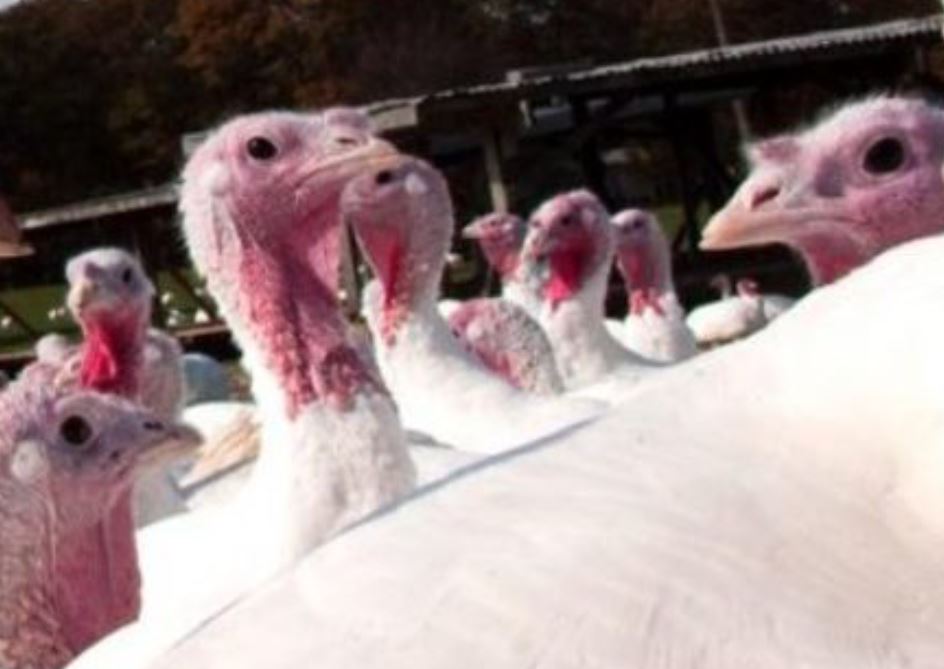At least 12 people have been tested for the H5N1 strain of avian influenza (bird flu) in Cambodia, after an 11-year-old girl died from the virus this week, Reuters has reported.
The girl, who was from the Prey Veng province, which is in the south east of Cambodia, was diagnosed with bird flu after she developed a high fever and a cough on Thursday, February 16.
She was transferred to the country’s National Children’s Hospital in Phnom Penh when her condition deteriorated, however she died on Wednesday, Cambodia’s health minister said in a statement.
Her case is “the first known transmission to humans in the country in nearly a decade”, the newswire stated.
The girl’s father was also tested as he was part of a group that she had been in contact with in a region east of the country’s capital Phnom Penh. He tested positive, but did not exhibit any symptoms, the Cambodian health minister Mam Bunheng added.
The test results of the other people in the group were not disclosed and it has not yet been confirmed exactly how the girl’s father contracted the virus.
Bird flu in Europe and Ireland
The European Food Safety Authority (EFSA) reported in December that a total of 50 million birds were culled in Europe due to bird flu between October 2021 and September 2022.
It detailed in its “Avian influenza overview September – December 2022” report that there had been a total of 2,520 outbreaks in poultry, 227 outbreaks in captive birds, and 3,867 “HPAI virus detections” in wild birds between October 2021 and September 2022.
Ireland experienced a number of outbreaks of bird flu in Co. Cavan and Co. Monaghan late last year, which resulted in the culling of about 3,800 turkeys in a flock near Clones on November 13.
Later that month, a similar number were culled after the disease was confirmed in a second flock in the area. These were noted in addition to a high number of cases identified in wild seabirds around the coast of the country.
Although the birds involved were culled and did not enter the food chain, the Department of Agriculture, Food and the Marine (DAFM) introduced strict biosecurity measures and erected a 10km surveillance zone, and a 3km protection zone around the affected flocks.
These zones remained in place for a number of months along with strict regulations around the movement and transport of poultry, before being lifted in December.
